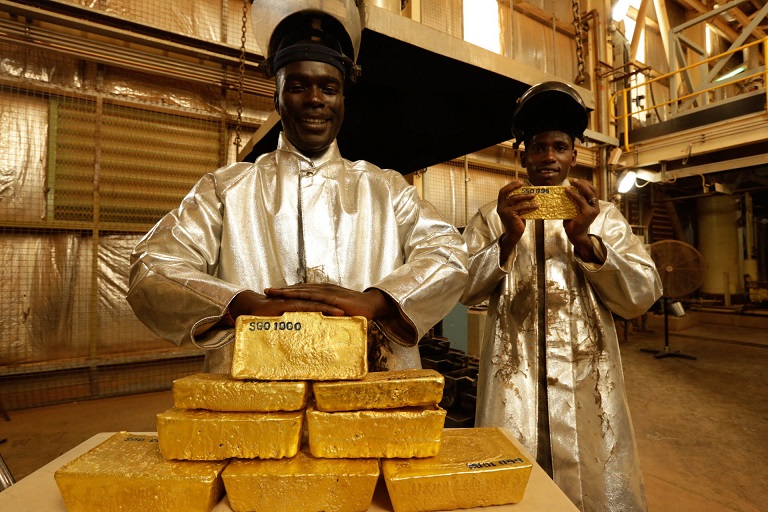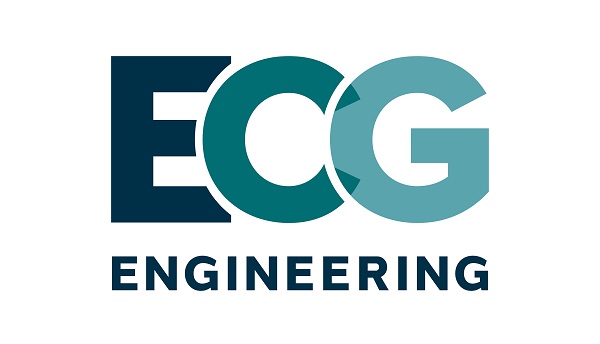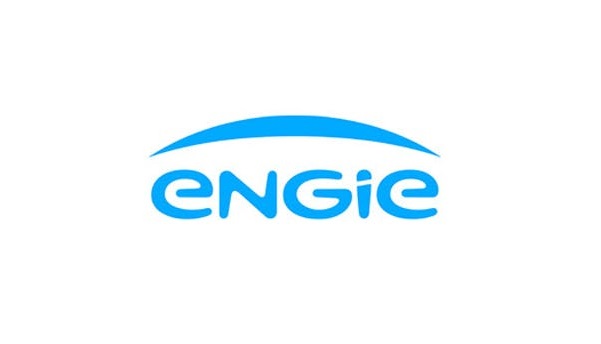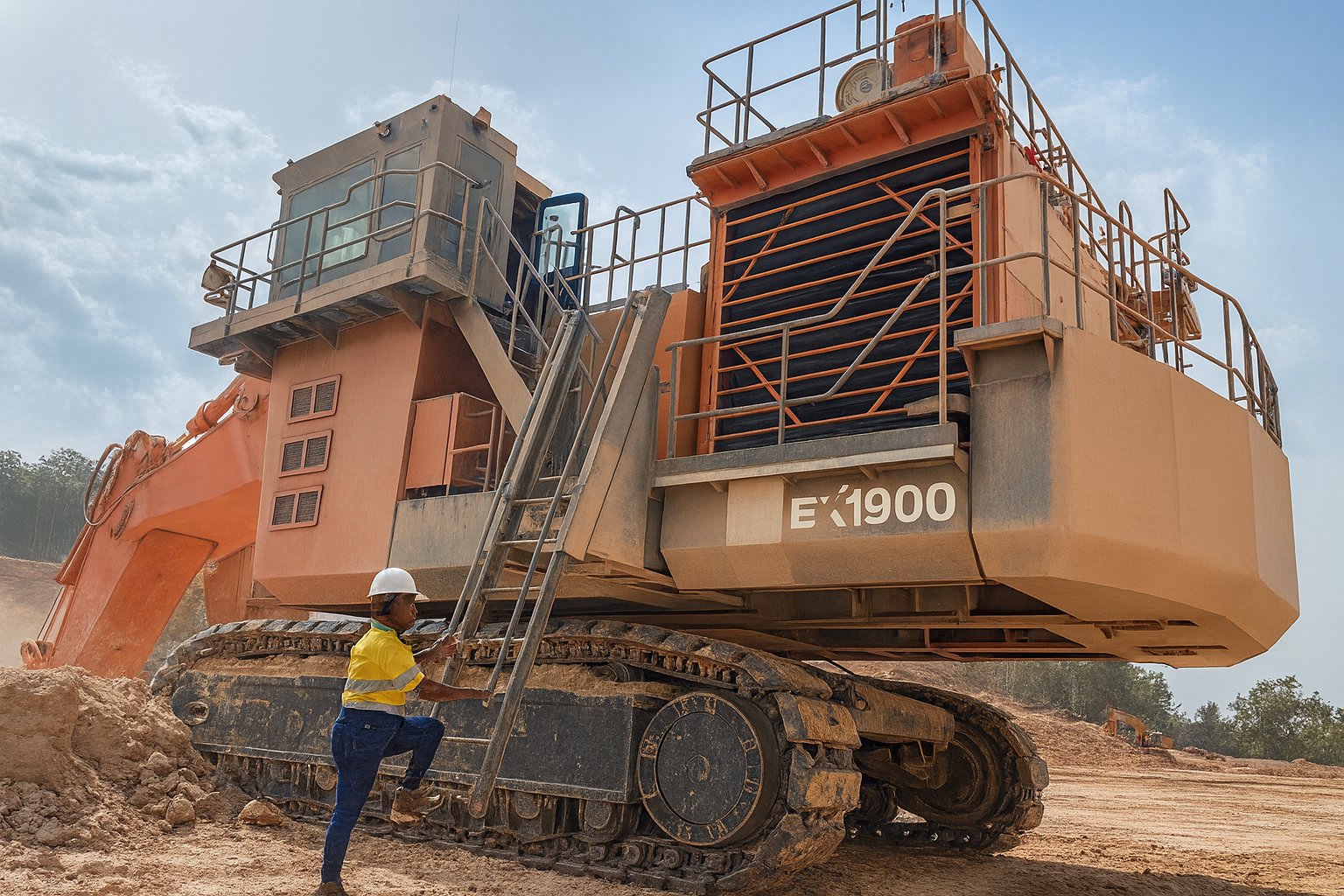
At Senegal's first gold mine, Sabodala-Massawa, many ongoing activities and plans are afoot to consolidate its position as a cornerstone of the country's raw materials production and a vital pillar of Endeavour Mining's portfolio.
In addition to expanding the mine, Endeavour is also installing a new BIOX processing facility, which will add incremental production of 1.35Moz at a low AISC of $576/oz over its mine life. It is also primed to build a 37 MWp photovoltaic solar facility for $55 million to complement the 36 MW heavy fuel oil power plant currently onsite.
All these elements driving the mega-expansion will help elevate Sabodala-Massawa to top-tier status, with a targeted production of above 400koz/year.
Overview
The Sabodala-Massawa mine, located 630 km east-southeast of Senegal's capital, Dakar, consists of several open pit operations on the highly prospective Birimian Greenstone Belt. It is the largest gold mine in Senegal and has been in operation for over a decade.
In March 2020, Teranga Gold acquired the Massawa project from Barrick Gold, combining the Sabodala mill and deposits with the Massawa deposits. The Sabodala-Massawa operations were then acquired as part of Endeavour's acquisition of Teranga in 2021. Endeavour owns a 90% stake in the mine, with the remaining 10% owned by the Senegal Government.
Non-refractory ore is treated at a 4.0Mtpa carbon-in-leach (CIL) plant that achieved commercial production in 2009. The mine includes a 4.2-million-tonne-a-year whole-ore leach plant and contains facilities for crushing, grinding, leaching and carbon-in-leach cyanidation; acid wash and elution; bullion smelting; carbon regeneration; tailings disposal, and support infrastructure.
In 2020, Teranga Gold filed a Preliminary Feasibility Study (PFS) for the phased expansion of Sabodala-Massawa. In 2021, Endeavour expedited the completion of the initial upgrades at the existing CIL plant. It simultaneously advanced the DFS for the addition of a refractory ore processing plant to confirm the economic viability of processing the high-grade refractory ores from the Massawa Central Zone and Massawa North Zone deposits.
Unlocking Potential
Endeavour said Sabodala-Massawa, located in the Kedougou region, represented a tremendous asset with the potential to get even better. During the exploration review, it identified and delineated over 15 potential targets within 30 kilometers of the Sabodala plant.
Endeavour has established a target to discover between 2.3 and 2.7 million ounces of Indicated resources at a discovery cost of less than $26/oz over the next five years. It is particularly excited as these targets only cover half of the 1240 square kilometers of land.
As the company continues to broaden its exploration area, the number of potential targets on site is expected to grow. It added that its goal is to add high-grade ounces to help ensure the plant operates at its maximum capability for as long as possible.
While Endeavour sees additional upsides within the Sabodala-Massawa envelope, the short-term focus is on the non-refractory resources, with exploration efforts on Samina, Tina, Sofia North Extension and Bambaraya targets.
As at 31 December 2022, Proven and Probable reserves totalled 62.8Mt at 2.02 g/t containing 4.1Moz of gold and Measured and Indicated resources (inclusive of reserves) totalled 106.1Mt at 1.86 g/t containing 6.3Moz of gold. For the full year ending 31 December 2023, Sabodala-Massawa produced 294koz at an AISC of $767/oz. For 2024, it is expected to produce between 360-400koz at an AISC of between $750-850/oz.
Upgrade and Expansion Focus
Sabodala-Massawa is Endeavour's largest exploration focus in 2024, with a guided spend of $21m, or 31% of total group exploration expenditure for the year. The exploration programme remains on track to achieve its five-year target of discovering an additional 2.3-2.7Moz of Indicated resources by the end of 2025.
In 2022, Endeavour launched the $290m construction of the 1.2Mtpa BIOX® circuit to process the large refractory ore resource. Wet commissioning of the BIOX® Expansion was delivered in less than 23 months.
Up to 1,300 employees and contractors were on site during construction activities, 82% of whom were Senegalese nationals. They successfully completed over three million man-hours with zero lost-time injuries.
Endeavour Ian Cockerill, CEO, said: "We are extremely pleased with our progress as we start wet commissioning of the BIOX Expansion project, and we have achieved this milestone with no lost-time injuries, which is a testament to the strong safety culture that is a hallmark of our in-house construction teams.”
"This year, Endeavour is well positioned to transition from a phase of investment in organic growth to a more cash flow generative phase in the second half of the year. This inflection point will allow us to focus on increasing our shareholder returns while de-levering our balance sheet as we continue executing our strategy."
The BIOX plant enables refractory gold to be hosted within a sulphide lattice and be pretreated before it can be processed by conventional CIL processing. The technology, developed by Metso-Outotec, was chosen as it has proved to be the most commercially viable for over 30 years with over 24 Moz of gold recovered globally since its adoption.
The BIOX® technology has been designed to dissolve 95% of the sulphide minerals, thereby liberating the associated gold, with recoveries at Sabodala-Massawa to be above 90%. The plant will process the high-grade refractory ore from Massawa and will supplement the current 4.2 Mtpa CIL plant at Sabodala which will continue to process non-refractory ores.
A new Tailings Storage Facility (TSF) will also be built. A fully HDPE-lined storage facility will be designed to host the neutralized product from the BIOX® reactors and the BIOX® CIL tailings. It is designed to accommodate a total of 1,0 Mt of tailings.
Wärtsilä is undertaking an 18 MW expansion – comprising three 6 MW HFO generators and two backup diesel generators – of the current 36 MW HFO power station at Sabodala. The upgrading and extension project will allow for the complete integration of all the site's power-generating capacity while ensuring the availability of the needed electric power to maintain and expand the mine's production schedules.
"Wärtsilä has a depth of experience in delivering power solutions for mining operations around the world," said Marc Thiriet, Energy Business Director, Africa West, Wärtsilä. "Not being connected to the grid means that the captive plant has to be capable of providing a reliable supply of electricity at all times since no power equals no production.
"The Wärtsilä 32 engines selected for this expansion project have established a strong reputation for high efficiency and reliability under even the most difficult ambient conditions, eliminating revenue losses from power shortages."
The three Wärtsilä 32 engines to be installed are 20% more fuel efficient than the plant's existing engines. Their fuel efficiency minimizes the environmental impact by reducing harmful CO2 emissions.
Endeavour has also given the go-ahead to build a 37 MW photovoltaic solar facility and 16 MW battery storage system to complement the existing power plant. The Kedegou region boasts a high solar resource of 2 130 kWh/m2 per year, and suitable land, with a footprint of over 51 ha, has been secured approximately 3 km away from the mine. The project is expected in Q1-2025.
Dornier Suntrace, an independent solar energy solutions expert based in Germany, has been contracted to engineer and support the construction of the solar system. Design work, geotechnical studies and the procurement process are all progressing to plan, and the project is on schedule and budget.
The solar plant will be Endeavour's first venture into solar and a key contributor to its emissions reduction strategy. It is expected to help lower carbon dioxide emissions at the mine by 46 kt of CO2 emissions, or roughly 24% of the site's current emissions.
First Gold Pour
As gold prices continue to climb, it was excellent timing that Endeavour Mining announced the first pour from its BIOX® Expansion project in April.
The company said the first gold pour from the gravity circuit was completed on 18 April 2024 and yielded approximately 112 ounces of gold, while the first gold pour from the BIOX® circuit was completed on 28 April and yielded about 612 ounces.
The project’s first pour comes two years after the expansion construction started.
The company said: “We have commissioned the project and delivered first gold in only two years, marking the fourth capital project that we have completed in the last ten years. All of these have been completed in two years or less, and have been delivered on schedule, on budget, and with no lost time injuries.
“The exploration programme is focussed on converting existing resources to reserves and expanding non-refractory and refractory resources for the existing CIL processing plant and the new BIOX® Expansion, respectively. The exploration programme remains on track to achieve its 5-year target of discovering an additional 2.3 - 2.7Moz of Indicated resources by the end of 2025.”
Suppliers and Partners
In addition to Metso-Outotec and Wärtsilä, several key partners have played pivotal roles in the expansion of the Sabodala—Massawa project. Lycopodium, acting as the EPCM contractor, is spearheading the Engineering, Procurement, and Project Management services for the BIOX® Expansion Project, a critical endeavor in Endeavour's expansion efforts. Furthermore, local Senegalese contractors have been engaged for concrete and civil construction works, fostering community involvement and empowerment.
Suppliers contributing to the mine operation include ECG Engineering, renowned for its expertise in electrical and automation solutions for the mining industry. QGE Pty Ltd has made significant contributions to the Sabodala Gold Power Station Expansion Project, including the integration of solar energy into the expanded power station. MineScope Services has also been instrumental in maximizing the value of the expansion project through a range of specialized services.
Additionally, strategic partners such as WorleyParsons, Rikair Company, Antrak Logistics PTY, BIA Africa / BIA DAKAR, and Air Liquide Dakar Sénégal have provided essential support, contributing to economic growth in Senegal. Metifex played a crucial role as the Owner’s Management Team for the Sabodala-Massawa Project, overseeing various aspects from study and engineering to construction and hand-over of process plant enhancements.
Given the nature of the open-pit mining operation, a robust fleet of mining equipment is essential. Endeavour's fleet, comprising approximately 70 mobile mining units, is capable of moving over 50 Mtpa of ore. Notable units include Komatsu face shovels and excavators, as well as Cat dump trucks. While surface ore haulage and blasting are outsourced, drilling operations are managed collaboratively by both owner-operated and contractor fleets, ensuring efficiency and productivity in mining activities.
Social Engagement
As part of Endeavour's overall strategy around the mine's region, it invested $2.2m in 2023. The mine currently employs 1,243 people, of which 48% are nationals and 47% are locals, with 9% of women overall in the workforce.
The company has resettled 418 households and built community infrastructure including potable water, electricity and improved housing standards in consultation with the local community in compliance with the International Finance Corporation and Responsible Gold Mining Principles.A range of livelihood restoration projects are also being implemented.
With 5-7% of the Senegalese Chimpanzee population estimated to live around Massawa, the company introduced a 1,500 ha 'No Go Zone' to protect the chimpanzees. Protective walls were built between pits and the forest to protect the chimpanzee corridor, with the provision of water holes for wildlife.
The community road has also been integrated into this plan to maintain a short commute for host communities and still preserve the conservation areas. The community will also provide surveillance patrols and bushfire prevention.
Endeavour's activities are underpinned by open and constructive dialogue with its communities, host governments, NGOs and other local and national stakeholders across all stages of the mines' life cycle.
Conclusion
The Sabodala-Massawa Mine is moving inexorably closer to fulfilling its massive potential for Endeavour, the local region and the country's economy. With an even-handed approach to social engagement and investment, the communities around the mine are set to flourish while efforts continue to minimize any environmental impact.



 SABODALA-MASSAWA MINE - BE Africa Mining Magazine.pdf
SABODALA-MASSAWA MINE - BE Africa Mining Magazine.pdf










